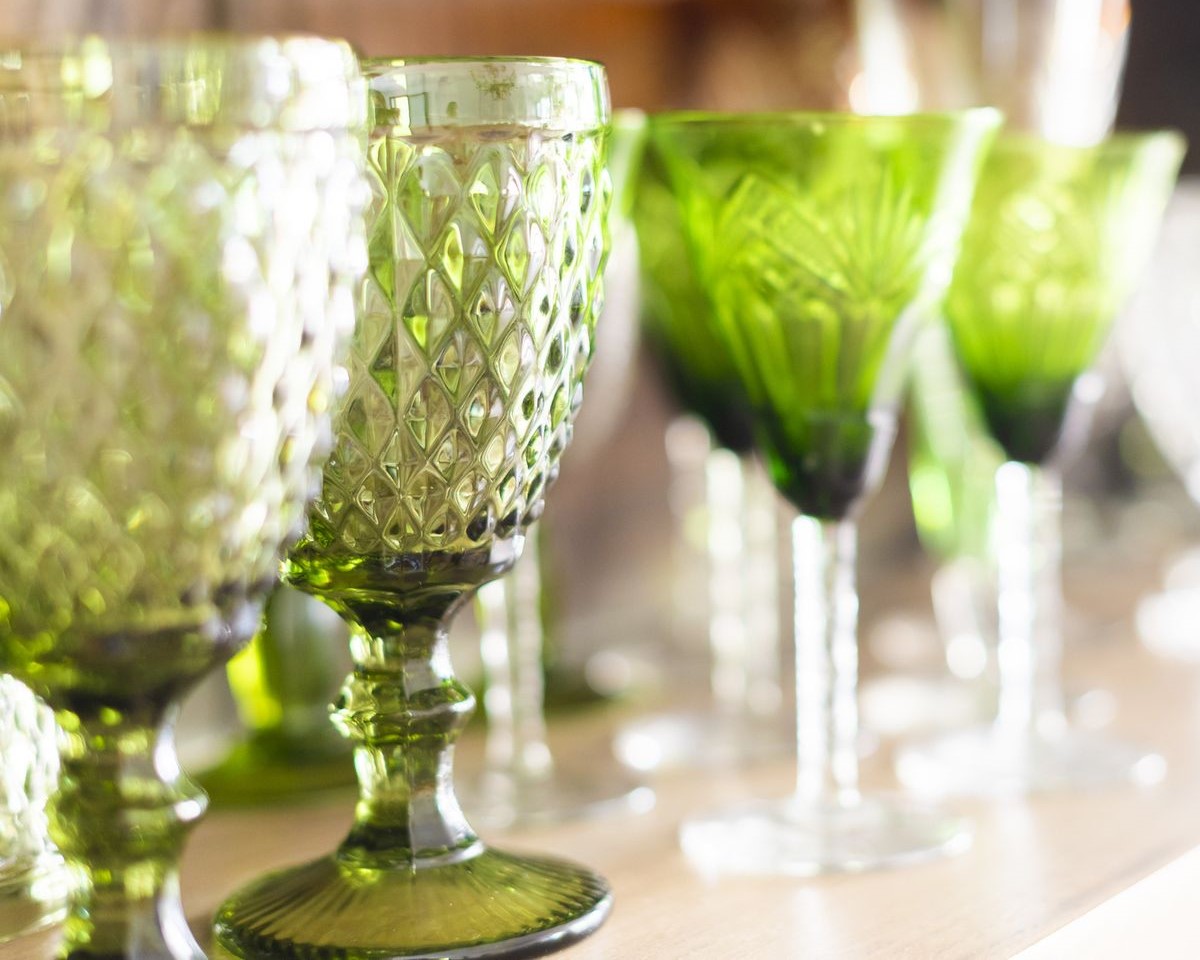

Tableware
How To Clean Vintage Glassware
Modified: December 7, 2023
Learn how to clean vintage glassware and bring back its original shine. Discover expert tips and techniques for restoring and preserving this delicate tableware.
(Many of the links in this article redirect to a specific reviewed product. Your purchase of these products through affiliate links helps to generate commission for Storables.com, at no extra cost. Learn more)
Introduction
Welcome to the world of vintage glassware! With their intricate designs, timeless beauty, and nostalgic charm, vintage glassware pieces are highly sought after by collectors and enthusiasts. Whether you’ve inherited some cherished old glassware or you’ve stumbled upon a hidden gem at a flea market, it’s important to know how to properly clean and care for these delicate pieces.
Glassware from bygone eras often require special attention due to their age and fragility. Improper cleaning techniques can lead to damage, discoloration, or even the loss of valuable pieces. By following the right steps and using the appropriate supplies, you can ensure that your vintage glassware remains in excellent condition and stands the test of time.
In this guide, we will walk you through the process of cleaning vintage glassware, from gathering the necessary supplies to maintaining and storing your precious collection. Let’s dive in and start restoring the beauty of your vintage glassware!
Key Takeaways:
- Preserve the beauty of vintage glassware by using gentle cleaning techniques, natural stain removers, and proper drying and storage methods. Handle with care to maintain the elegance and nostalgia of these timeless pieces.
- Gather essential supplies, inspect and prepare glassware, clean with caution, and maintain with care to ensure the longevity and beauty of vintage glassware. Embrace the opportunity to create new memories and appreciate the artistry of the past.
Read more: How To Identify Vintage Libbey Glassware
Gathering Supplies
Before you begin cleaning your vintage glassware, it’s important to gather all the necessary supplies. Having the right tools at hand will ensure that you can effectively and safely clean your glassware without causing any damage. Here are some essential supplies you’ll need:
- Gloves: Wear rubber gloves to protect your hands from any harsh chemicals and to prevent leaving fingerprints on the glassware.
- Mild Dish Soap: Choose a gentle, non-abrasive dish soap that does not contain any harsh chemicals or fragrances. Mild dish soap is effective in removing dirt and grime without being too harsh on delicate glass surfaces.
- Soft Brushes: Invest in a set of soft-bristled brushes with different sizes. These brushes will help you reach into narrow crevices and effectively clean intricate patterns and designs on your glassware.
- Cotton Swabs: Cotton swabs are useful for cleaning hard-to-reach areas or intricate details on your glassware.
- Vinegar: White vinegar is a natural cleaning agent that can be used to remove stubborn stains and residue from glassware. Dilute it with water in a 1:1 ratio.
- Microfiber Cloths: These soft, lint-free cloths are essential for drying your glassware as they won’t leave behind any lint or streaks.
- Soft Towels or Mat: Place a soft towel or mat on your work surface to prevent any accidental bumps or scratches while cleaning your glassware.
- Distilled Water: If your tap water is hard or contains minerals, consider using distilled water for rinsing to prevent any residue or streaks on your glassware.
It’s important to note that not all vintage glassware is suitable for washing in a dishwasher. Some delicate pieces with hand-painted designs or gilded accents may be damaged by the high heat and harsh detergents used in dishwashers. Always check the manufacturer’s recommendations or consult with an expert before using a dishwasher to clean your vintage glassware. When in doubt, it’s best to hand wash using the techniques we will discuss in the following sections.
Now that you have gathered all the necessary supplies, let’s move on to preparing your vintage glassware for cleaning.
Preparing the Glassware
Before diving into the cleaning process, it’s important to take some precautions to protect your vintage glassware and ensure a successful cleaning session. Here are the steps to follow when preparing your glassware:
- Inspect the Glassware: Carefully examine each piece of glassware for any cracks, chips, or signs of damage. If you come across any damaged pieces, it’s best to set them aside and consult a professional for repair or restoration.
- Test for Sturdiness: Some vintage glassware pieces may be more fragile than others. Before proceeding with cleaning, gently tap the glassware with your fingernail or a spoon to assess its sturdiness. If you hear any unusual sounds or the glassware feels unstable, it’s best to avoid cleaning it and seek expert advice.
- Remove Dust and Debris: Use a soft brush or a can of compressed air to gently remove any dust or loose debris from the surface of the glassware. This step will prevent scratching or spreading dirt during the cleaning process.
- Protect Vulnerable Areas: If your vintage glassware has delicate decorations or painted designs, consider covering them with masking tape or a protective film. This will prevent any accidental contact with cleaning agents and ensure their preservation.
By taking these precautionary measures, you’ll minimize the risk of causing further damage to your vintage glassware and create a safe environment for the cleaning process. Now, let’s move on to the cleaning techniques for your glassware.
Cleaning the Glassware
Now that you’ve prepared your vintage glassware, it’s time to start the cleaning process. Follow these steps to ensure that your glassware is thoroughly cleaned without causing any damage:
- Fill the Sink or Basin: Start by filling a clean sink or basin with warm water. Avoid using hot water, as sudden temperature changes can cause the glassware to crack.
- Add Dish Soap: Add a small amount of mild dish soap to the water and gently mix it to create a soapy solution. Be cautious not to use too much soap, as it can leave a residue on the glassware.
- Submerge the Glassware: Carefully place each piece of glassware into the soapy water, ensuring it is completely submerged. Avoid overcrowding the sink or basin to prevent accidental breakage.
- Soak and Swirl: Allow the glassware to soak for a few minutes to loosen any stubborn dirt or residue. Then, gently swirl each piece around in the water to dislodge any dirt or grime. Be cautious when handling delicate or thin glassware to avoid any accidental damage.
- Brush Away Dirt: For stubborn stains or hard-to-reach areas, use a soft-bristled brush or a cotton swab to gently scrub the glassware. Take your time and be gentle to avoid scratching the surface.
- Rinse Thoroughly: Once you’re satisfied with the cleaning, thoroughly rinse each piece of glassware under running water. Ensure that all traces of soap are removed.
If your vintage glassware has intricate patterns or designs, you may want to repeat the cleaning process to ensure that all dirt and residue are removed. However, be cautious not to over handle or scrub too vigorously, as this can lead to damage.
Now that your glassware is clean, it’s time to address any stubborn stains that may still remain.
To clean vintage glassware, use a mixture of warm water and mild dish soap. Gently scrub with a soft sponge or cloth to avoid scratching the glass. Dry with a soft, lint-free towel to prevent water spots. Avoid harsh chemicals or abrasive scrubbers.
Removing Stubborn Stains
Despite your best efforts, there may be some stubborn stains on your vintage glassware that require a little extra attention. Here are a few methods to tackle those tough stains:
- Vinegar Soak: If you come across stubborn stains, fill a clean bowl or sink with equal parts white vinegar and water. Submerge the affected glassware in this solution and let it soak for several hours or overnight. The acidity of vinegar helps to break down the stains. After soaking, rinse the glassware thoroughly with water and dry it gently.
- Baking Soda Paste: Create a thick paste by mixing baking soda with a small amount of water. Apply the paste to the stained areas of your glassware and let it sit for a few minutes. Gently scrub the paste into the stain using a soft-bristled brush or a sponge. Rinse the glassware thoroughly and dry it with a soft cloth.
- Lemon Juice: Cut a lemon in half and squeeze out the juice. Rub the lemon directly onto the stained areas of your glassware and let it sit for a few minutes. The acidity of the lemon helps to break down the stains. Rinse the glassware thoroughly with water and dry it gently.
- Denture Tablets: Dissolve a denture cleaning tablet in a bowl of warm water. Submerge the stained glassware in the solution and let it soak for the recommended time on the packaging. The cleaning agents in the tablets help to remove stains. After soaking, rinse the glassware thoroughly with water and dry it gently.
Remember to always handle your vintage glassware with care, especially when dealing with stains. If a stain persists even after trying these methods, it’s best to consult a professional who specializes in glassware cleaning and restoration.
Now that your vintage glassware is clean and free from stubborn stains, it’s time to move on to the next step: drying and storing.
Read more: How To Clean Crystal Glassware
Drying and Storing the Glassware
Properly drying and storing your vintage glassware is crucial to maintain its pristine condition and prevent any damage. Follow these steps to ensure your glassware remains in excellent shape:
- Gently Dry: After rinsing your glassware, gently dry each piece using a soft, lint-free microfiber cloth. Take care to remove any excess moisture to prevent water spots or streaks.
- Air Dry: Allow your glassware to air dry completely before storing. This helps to ensure that there is no moisture trapped in the glass, which can lead to mold growth or damage over time.
- Storing Individual Pieces: If possible, store each piece of glassware separately to prevent them from rubbing or knocking against each other. Use soft cloth or tissue paper to wrap delicate stems or handles and provide cushioning.
- Use Dividers or Inserts: Consider using dividers or inserts, such as foam or felt, to create a protective barrier between your glassware while stored. This prevents any accidental bumps, scratches, or chips.
- Choose a Suitable Storage Area: Find a dry and clean storage area for your glassware, away from direct sunlight and extreme temperatures. Avoid storing glassware near appliances that emit heat or strong odors, as they can potentially damage the glass or affect its aroma.
- Regularly Inspect: Periodically check on your stored glassware to ensure there are no signs of damage, such as cracks or chips. If you notice any issues, it’s best to address them as soon as possible to prevent further damage.
Remember, vintage glassware is delicate and requires gentle handling. Be mindful when storing and avoid stacking heavy items on top of delicate glassware to prevent breakage.
By following these steps for drying and storing your vintage glassware, you’ll help preserve its beauty and ensure that it remains in excellent condition for years to come.
Keep reading for some additional tips on maintaining your vintage glassware!
Tips for Maintaining Vintage Glassware
Maintaining your vintage glassware goes beyond just cleaning and storing. Here are some additional tips to help you preserve the beauty and longevity of your precious collection:
- Avoid Abrasive Cleaners: When cleaning your vintage glassware, avoid using abrasive cleaners or scrubbing pads that can scratch or damage the surface. Stick to mild dish soap and soft brushes or cotton swabs for gentle cleaning.
- Handle with Clean Hands: Before handling your glassware, make sure your hands are clean and free from any lotions or oils. Oily residue on your hands can transfer onto the glassware and may be difficult to remove.
- Avoid Extreme Temperatures: Sudden changes in temperature can cause glassware to crack or break. Avoid placing hot glassware directly into cold water or vice versa. Allow your glassware to adjust to room temperature before cleaning or using.
- Display with Care: If you choose to display your vintage glassware, be mindful of the surroundings. Keep them away from high traffic areas where accidental bumps or knocks can occur. Consider using glass display cases or shelves with proper support to hold the weight of your glassware.
- Use Paper or Cloth Liners: When stacking glassware, place a layer of soft cloth or acid-free paper between each piece to prevent them from rubbing against each other. This helps to minimize the risk of scratches or damage during storage.
- Be Mindful of Stickers and Labels: If your vintage glassware has stickers, labels, or price tags, avoid forcefully removing them. Instead, try soaking the glassware in warm, soapy water to loosen the adhesive. Gently peel off the sticker, and if any residue remains, use a bit of rubbing alcohol or vinegar to remove it.
- Seek Professional Help: If you have valuable or rare vintage glassware that requires expert care, consider consulting with professional glassware restoration specialists. They have the knowledge and experience to handle delicate pieces and can help restore and preserve your glassware.
Following these tips will help maintain the beauty and integrity of your vintage glassware collection. With proper care, your glassware will continue to be a source of joy and admiration for years to come.
Now that you’re equipped with knowledge on cleaning, preparing, and maintaining your vintage glassware, you can confidently showcase and enjoy your precious collection.
Remember, each piece of vintage glassware has a story to tell, and by caring for them diligently, you become a part of their history.
Happy cleaning and happy collecting!
Conclusion
Vintage glassware brings a touch of elegance and nostalgia to any home. By following the proper cleaning and maintenance techniques, you can ensure that your treasured glassware remains in excellent condition and continues to be enjoyed for years to come.
In this guide, we’ve discussed the importance of gathering the right supplies and preparing your glassware before diving into the cleaning process. We’ve covered how to clean the glassware using gentle techniques and how to tackle stubborn stains with the help of natural solutions. Additionally, we’ve provided tips on drying and storing your glassware to prevent damage and maintain its pristine condition.
Remember to always handle your vintage glassware with care, as these delicate pieces are often irreplaceable. Take the time to inspect and assess any potential damage before cleaning, and consult with a professional if needed.
Maintaining vintage glassware is an ongoing process, and it requires consistent care and attention. By following the tips provided in this guide, you can ensure that your glassware remains a cherished part of your collection or a beautiful addition to your home decor.
So, take the time to enjoy the beauty and craftsmanship of your vintage glassware. Let them be a conversation starter, a symbol of history, and a reminder of the artistry of the past. With the right care, your glassware will continue to shine and bring joy for generations to come.
Now, go ahead and start cleaning and preserving your vintage glassware. Embrace the opportunity to create new memories and appreciate the beauty of these timeless pieces.
Happy cleaning and preserving!
Frequently Asked Questions about How To Clean Vintage Glassware
Was this page helpful?
At Storables.com, we guarantee accurate and reliable information. Our content, validated by Expert Board Contributors, is crafted following stringent Editorial Policies. We're committed to providing you with well-researched, expert-backed insights for all your informational needs.
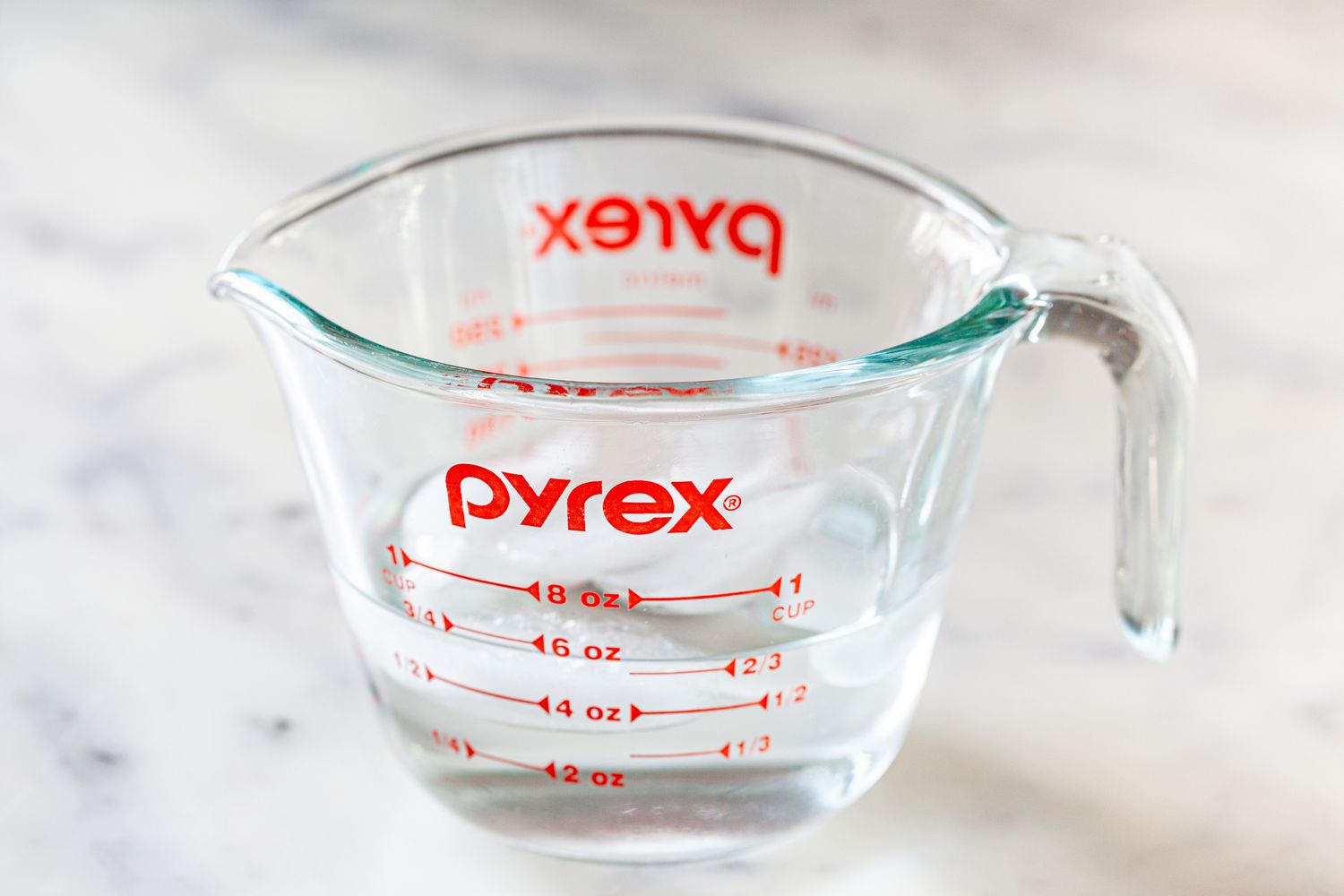

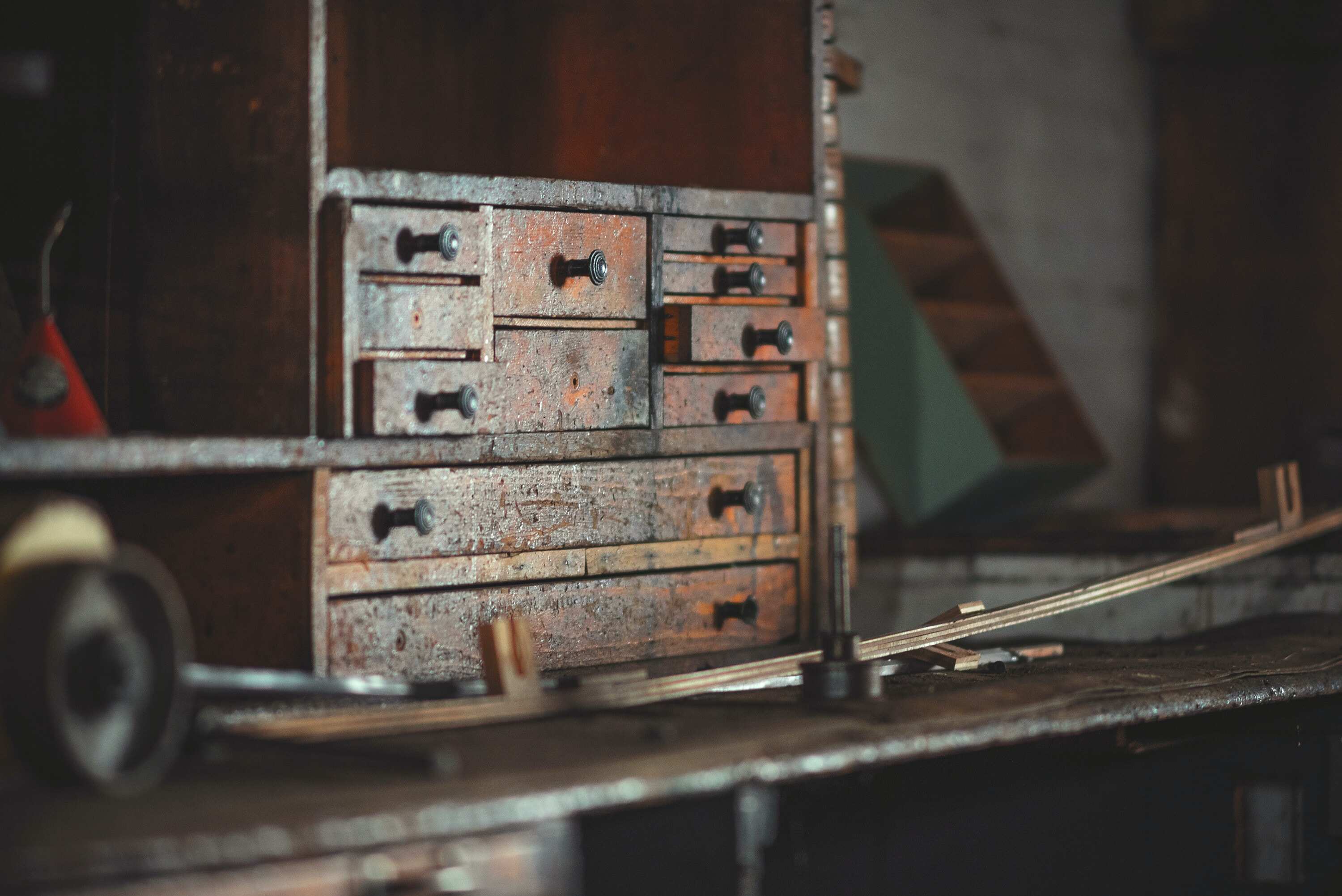

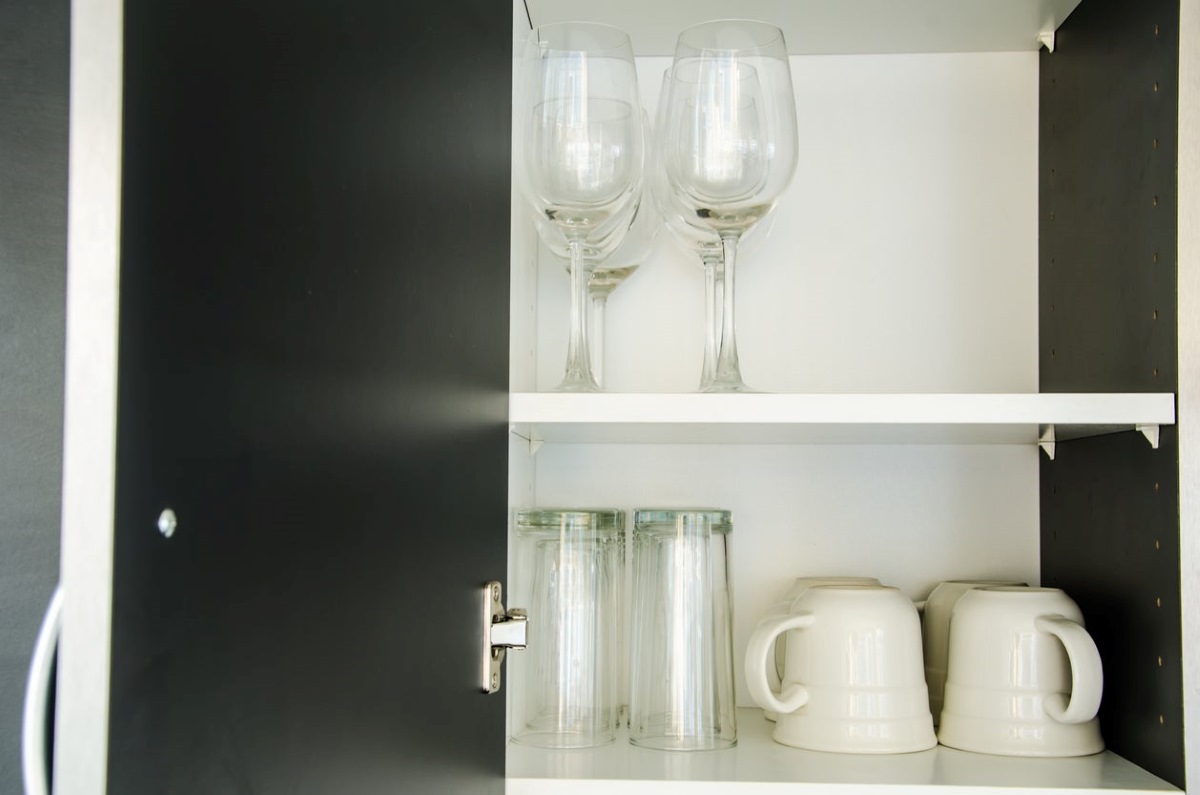
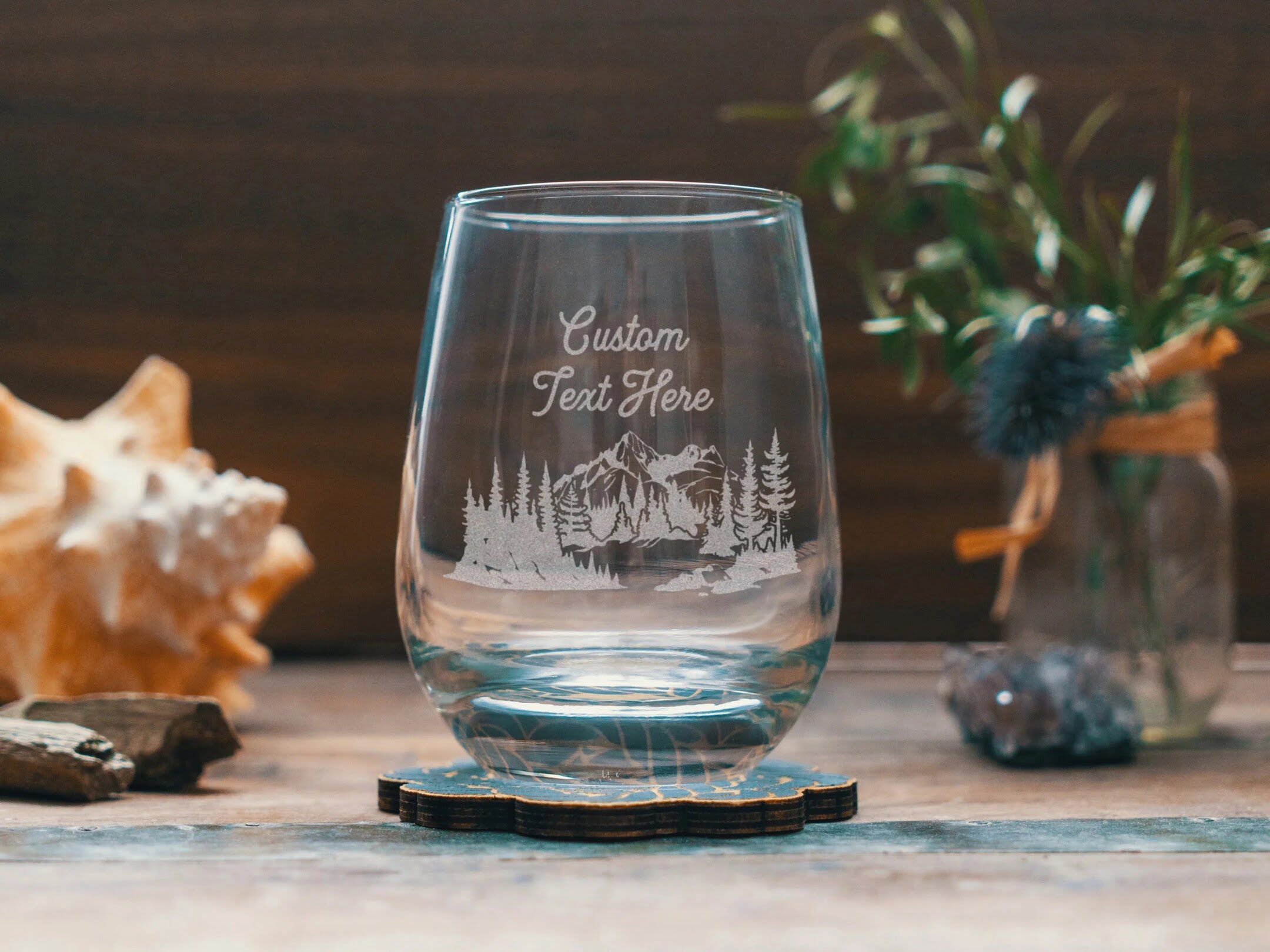

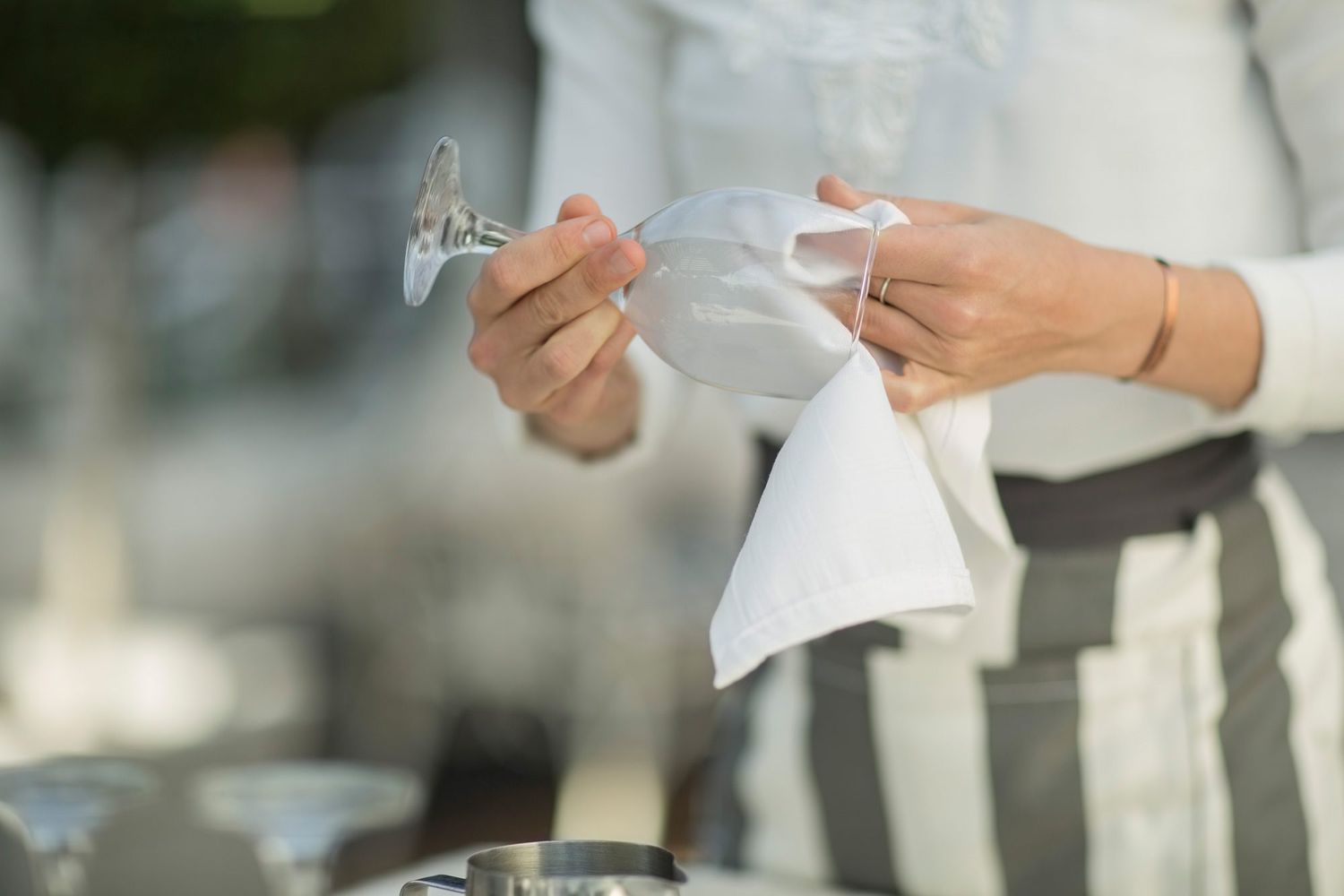
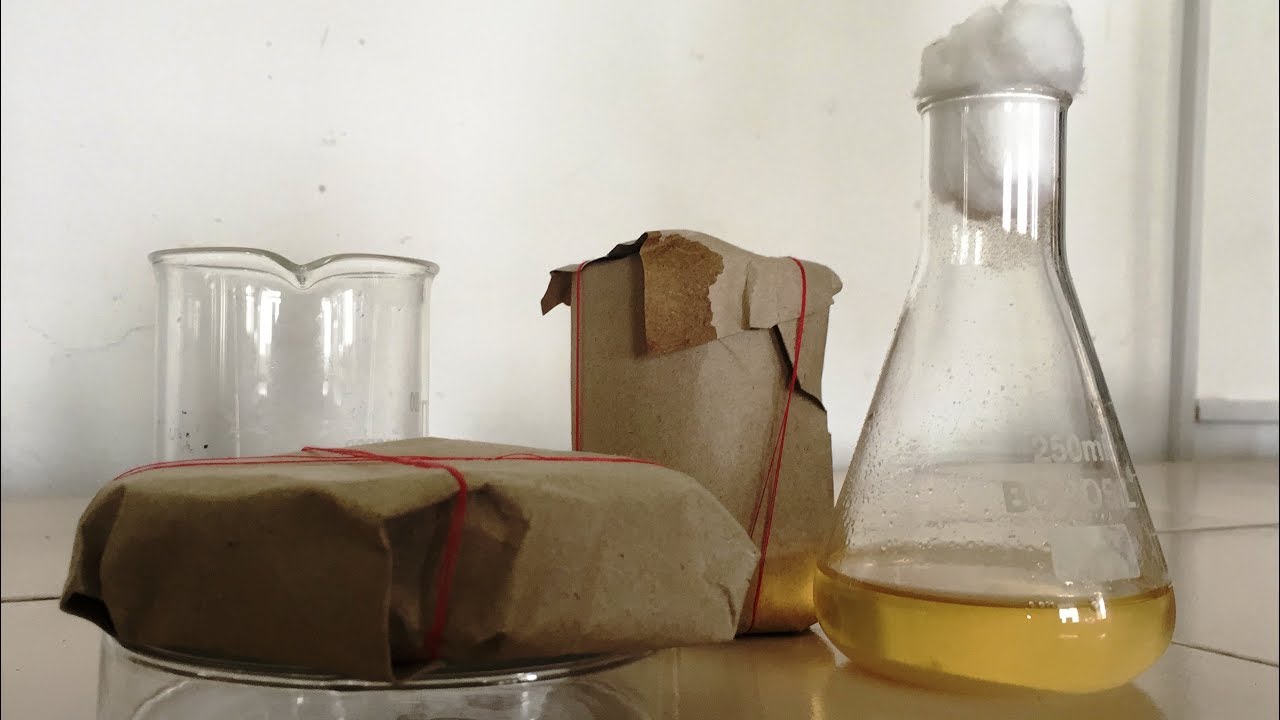
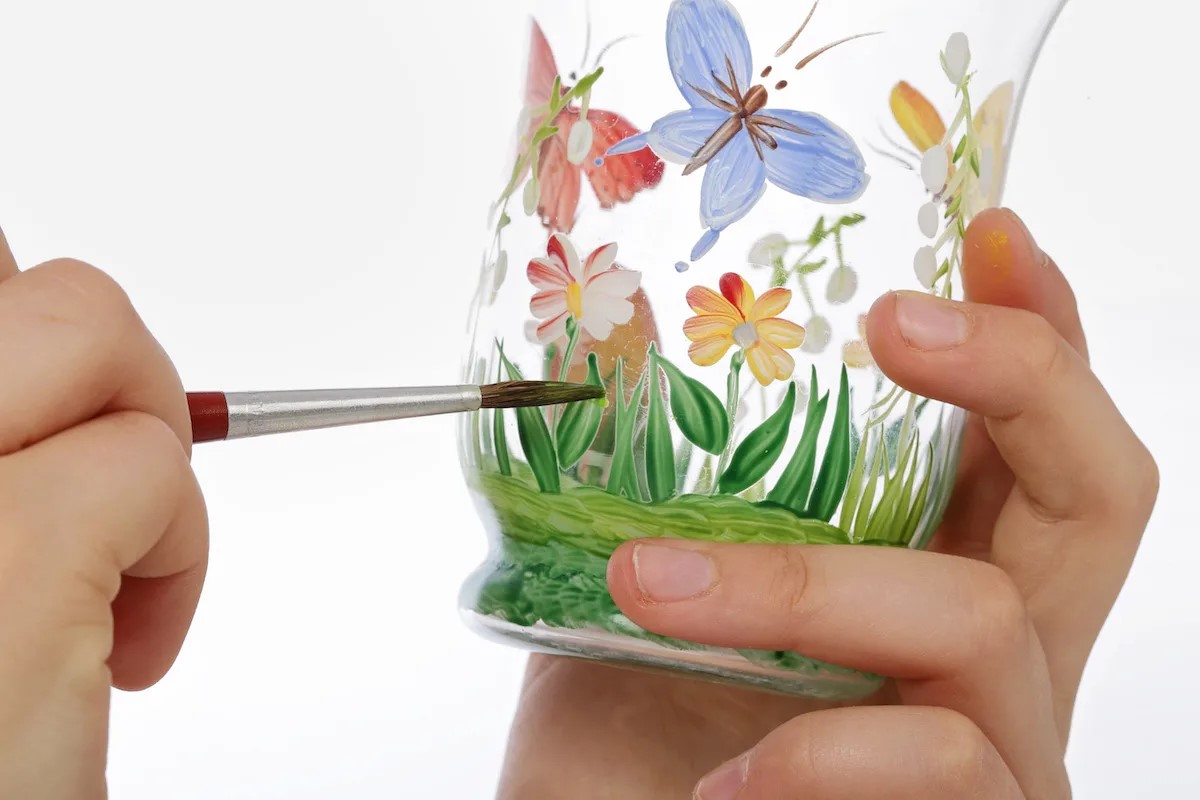
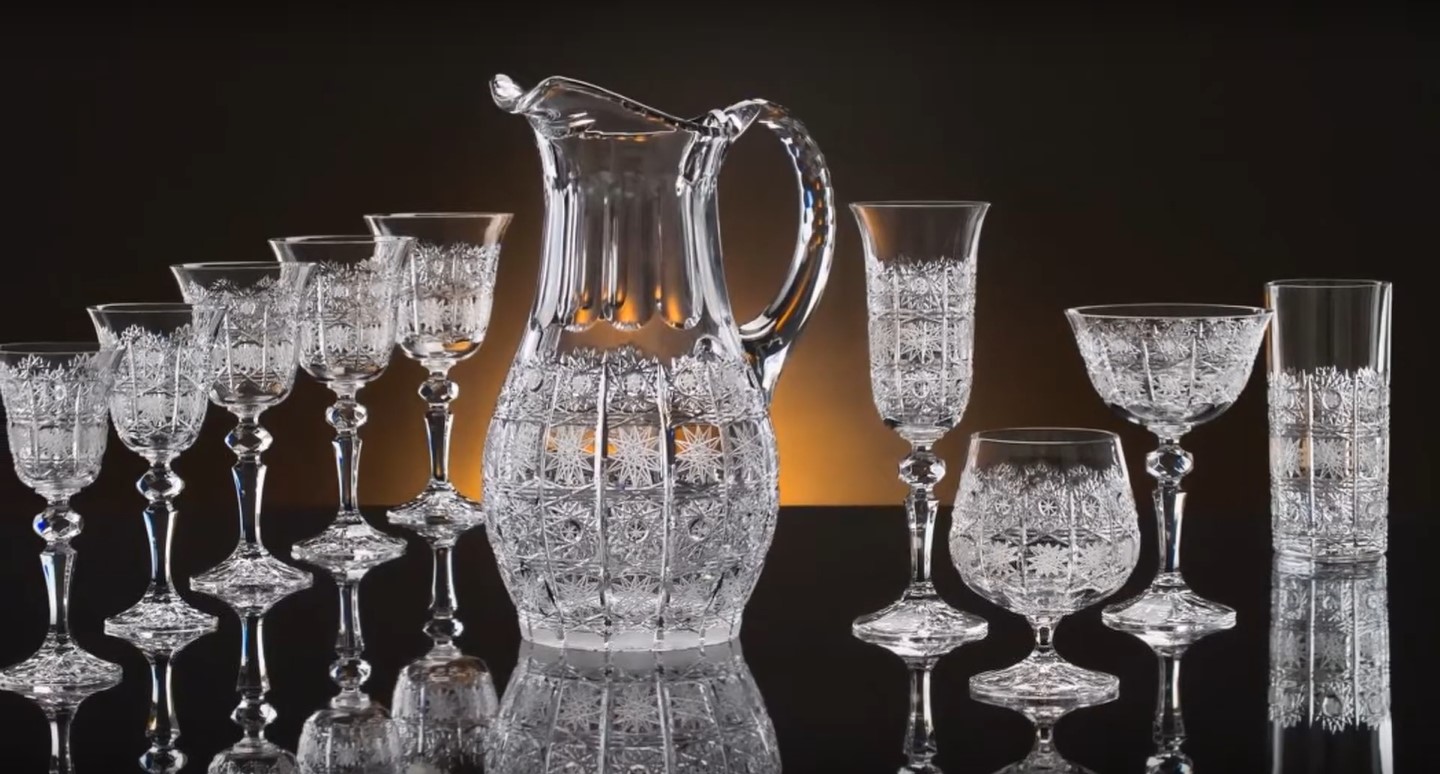
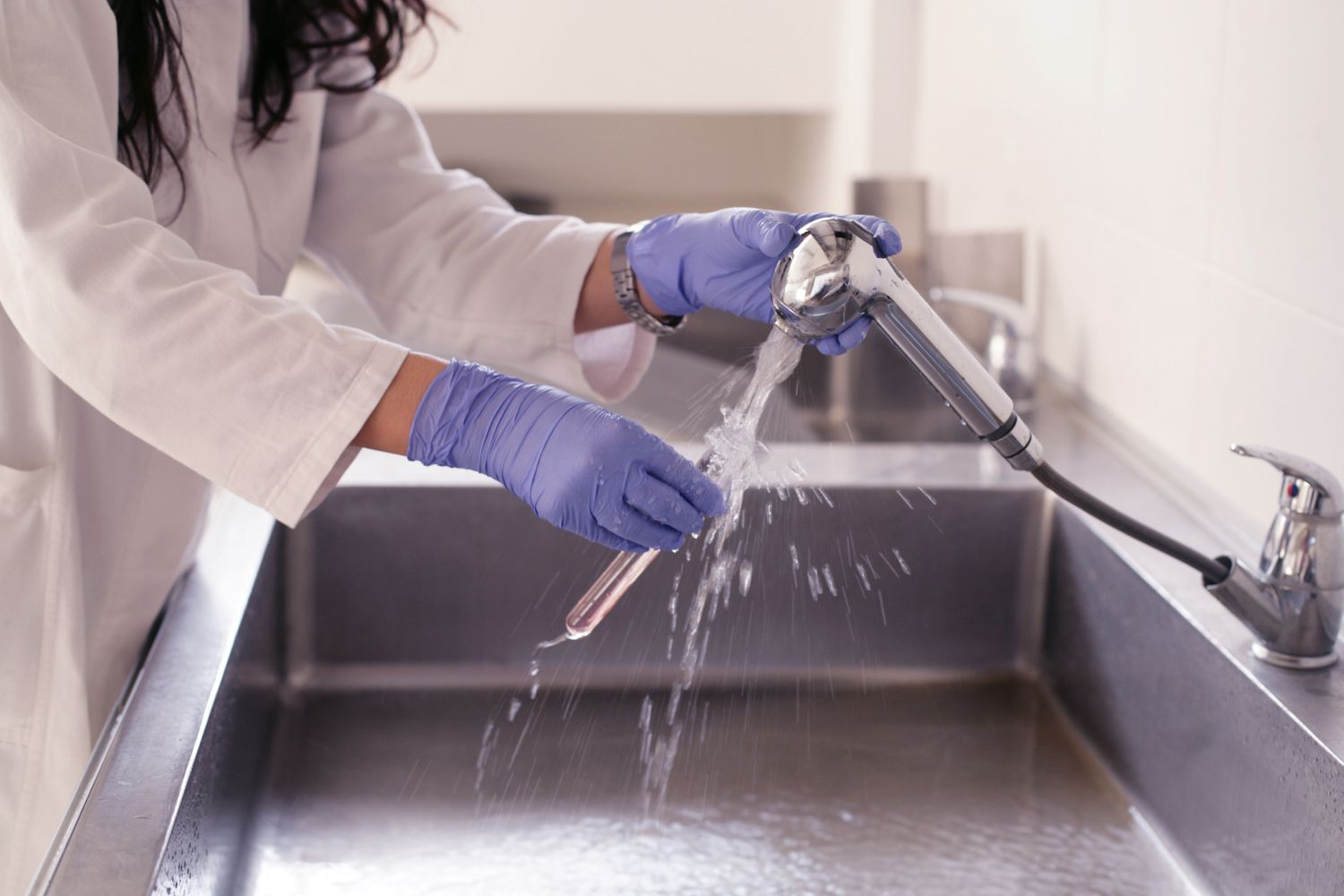
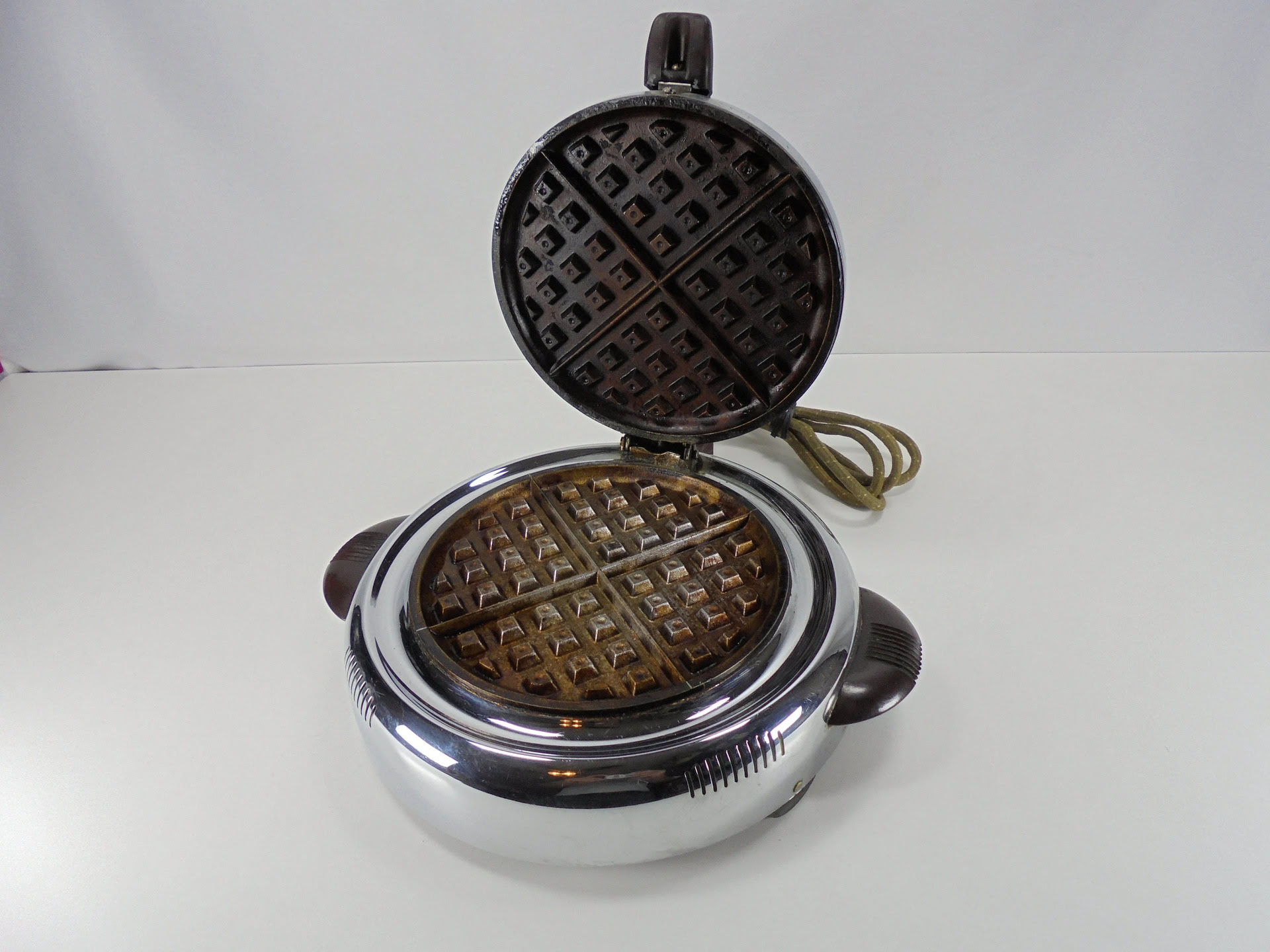
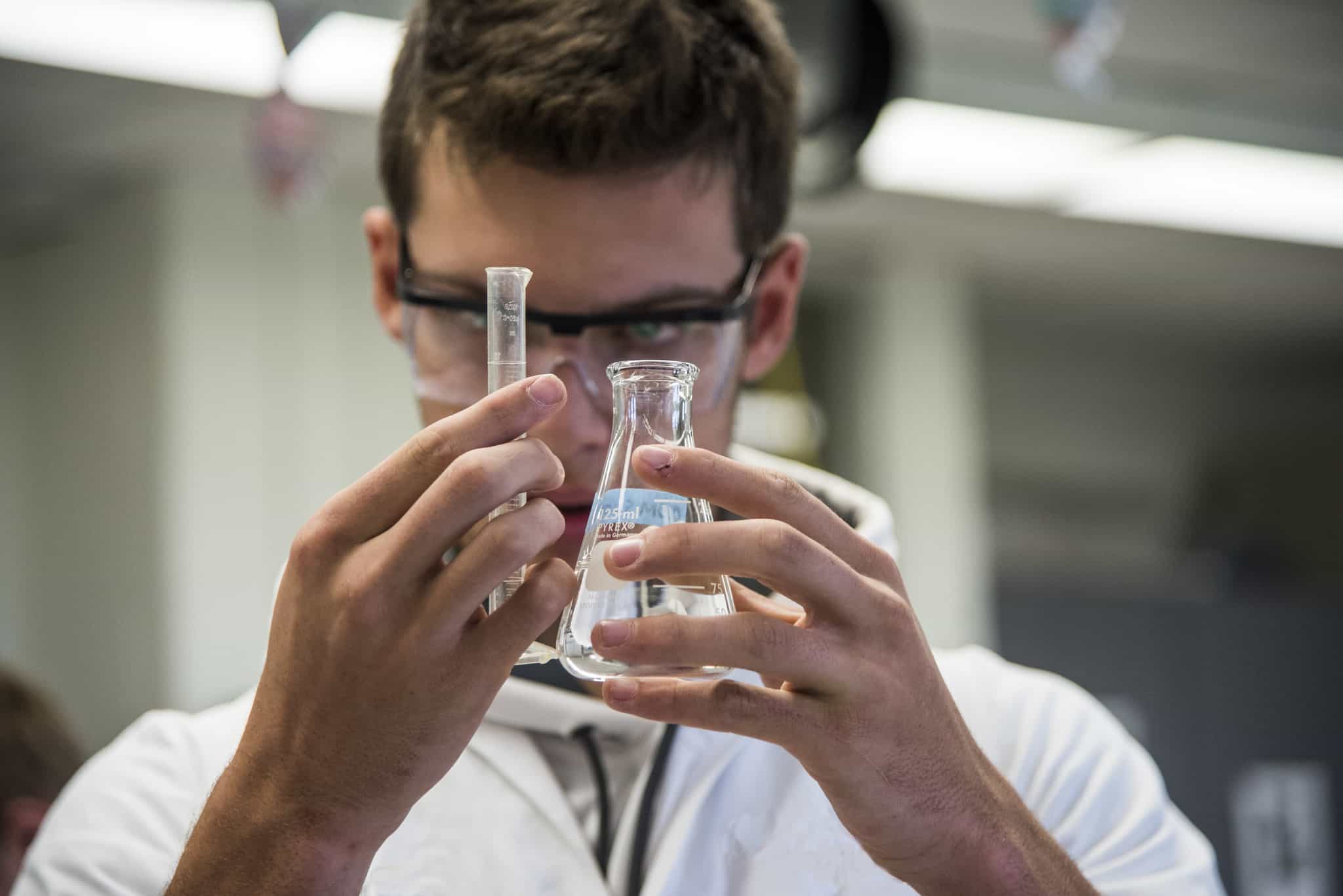

0 thoughts on “How To Clean Vintage Glassware”